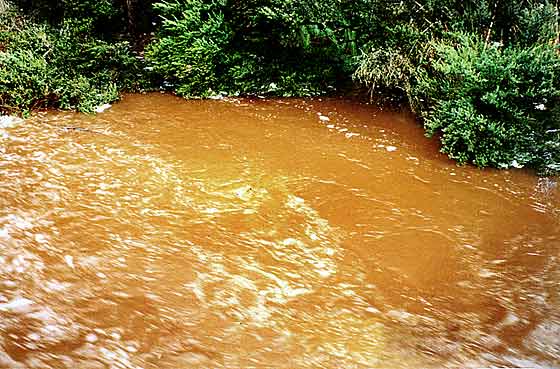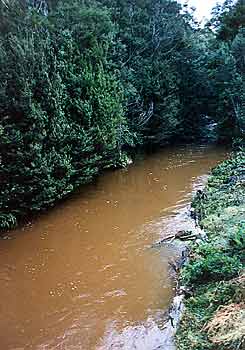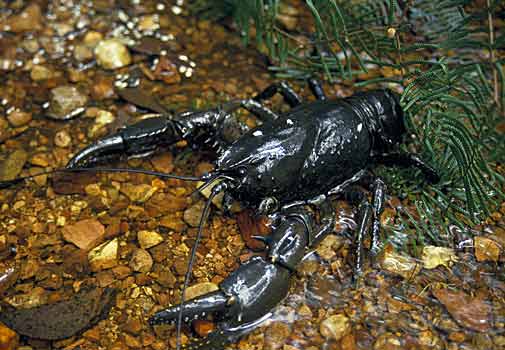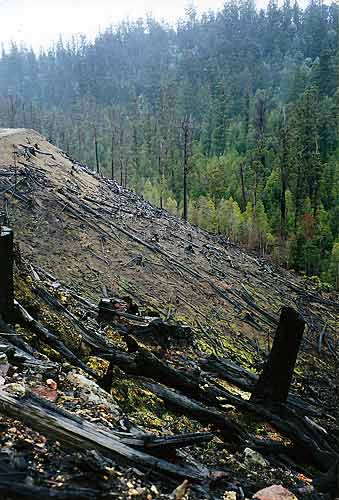|
WATER S.O.S TASMANIA - Sediment
and Nutrient Loss
|
|
|
|
|
Erosion is happening at 10-20 times faster
than the rate topsoil can be formed by natural processes. [Pimentel
2006]
Plantations and mono-culture re-growth on short term rotations
(10 to 30 years) will result in continuous soil disturbance
and nutrient loss, pauperising the soil and landscapes and destroying
water catchments.
This erosion together with the loss of organic matter which
typically contains 3-4 times as much carbon as the vegetation
above the ground together with continual burning of short term
rotations will result in the pauperisation of the land and loss
of productivity.
|
|
|
|
|
Following clearfelling and where the intercepting
canopy is lost, the influence of the break up of soil particles
by raindrops on the bare ground together with the steepness
of the land and the degree of soil disturbance resulting from
logging and road construction, can cause heavy soil loss and
contamination of rivers and streams with silt and nutrients.
The heavy sedimentation of streams is directly destroying the
habitat of and threatening the survival of the Giant Freshwater
Crayfish.
|
|
|
|
|
Nutrient loss from forest or land clearing
can effect the ecology of inland waterways as excessive nitrogen
and nutrient run-off often results in large algal blooms which
are referred to as the eutrophication of waterways.
The binding action of deep rooting trees and plants in forests
promotes soil particle aggregation and stability which together
with the leaf litter inhibit run-off and encourage the deep
filtration of water. Once the land is cleared, destroying the
root mass, the litter on the forest floor and organic content,
the soil looses the ability to absorb or hold water, resulting
in greater run-off erosion and more frequent flooding.
|
|
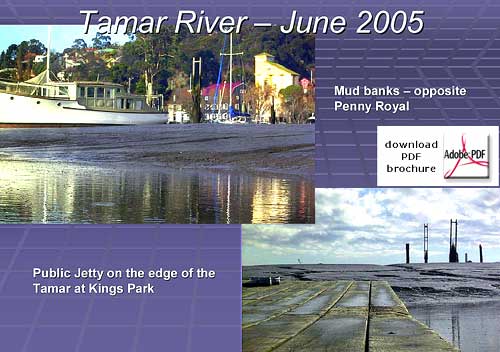
|
Typical
sediment loads in run-off under natural conditions rarely
exceed 10 p.p.m., while after forest clearing loads
of over 70,000 p.p.m. have been recorded. Where logging
rotations of 40-60 years take place there is a maximum
reduction in water yield.
"Who could love this River"
(about siltation in the Tamar River)
1.3mb
PDF brochure
Courtesy : David Obendorf
|
PDF Brochure
|
ALSO SEE : The
saga of Tamar silt
|
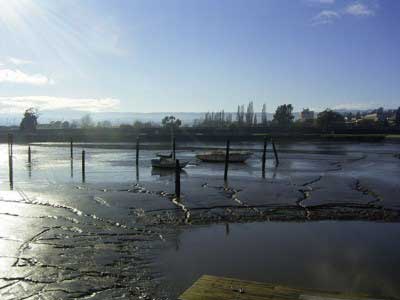
|
Steep Slope Logging
•
Ref: P.E. Davies, M. Nelson The effects of steep
slope logging on fine sediment infiltration into the
beds of ephemeral and perennial streams of the Dazzler
Range Tasmania.
|
|
|
|
Ref:
David Obendorf, Who could love this River BROCHURE
1.3 - PDF
Ref: Bormann et al.(1969)
Ref: Tamm et al. (1974)
Ref: Pierce et al. (1972)
Ref: Kuczera (1985)
|
|
|
|
|
